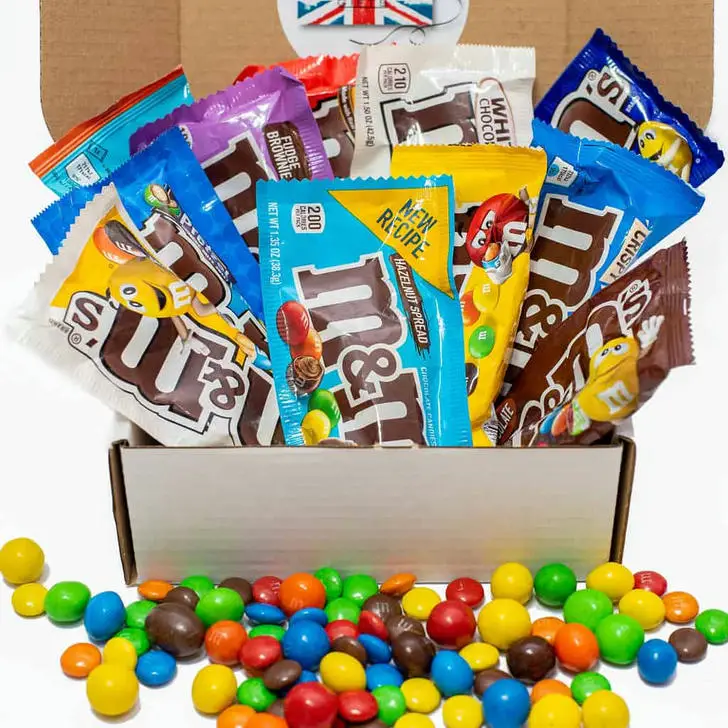40 Popular Foods Children Shouldn’t Be Fed
Advertisement
18. Try not to give children any M&M’s — even as a reward.

Candies are typically high in added sugars, which can contribute to dental cavities, weight gain, and an increased risk of developing chronic diseases. Additionally, some candies, including M&M's, contain artificial food dyes to enhance their appearance. These dyes have been associated with allergic reactions and behavioral issues in some individuals.
Instead of relying on candies as rewards or treats, consider healthier alternatives. You can offer your children a piece of fruit, a small portion of dark chocolate, or homemade snacks made with natural ingredients. By encouraging healthier choices, you can help your children develop good eating habits and promote their overall well-being.
Remember, moderation is key when it comes to treats like candies. It's important to strike a balance between allowing occasional indulgences and prioritizing a diet that is primarily based on nutritious, whole foods. Skittles, like many other fruit-flavored candies, are not the best option for children. They are typically high in artificial sugars and food dyes, which can have negative effects on children's health.
